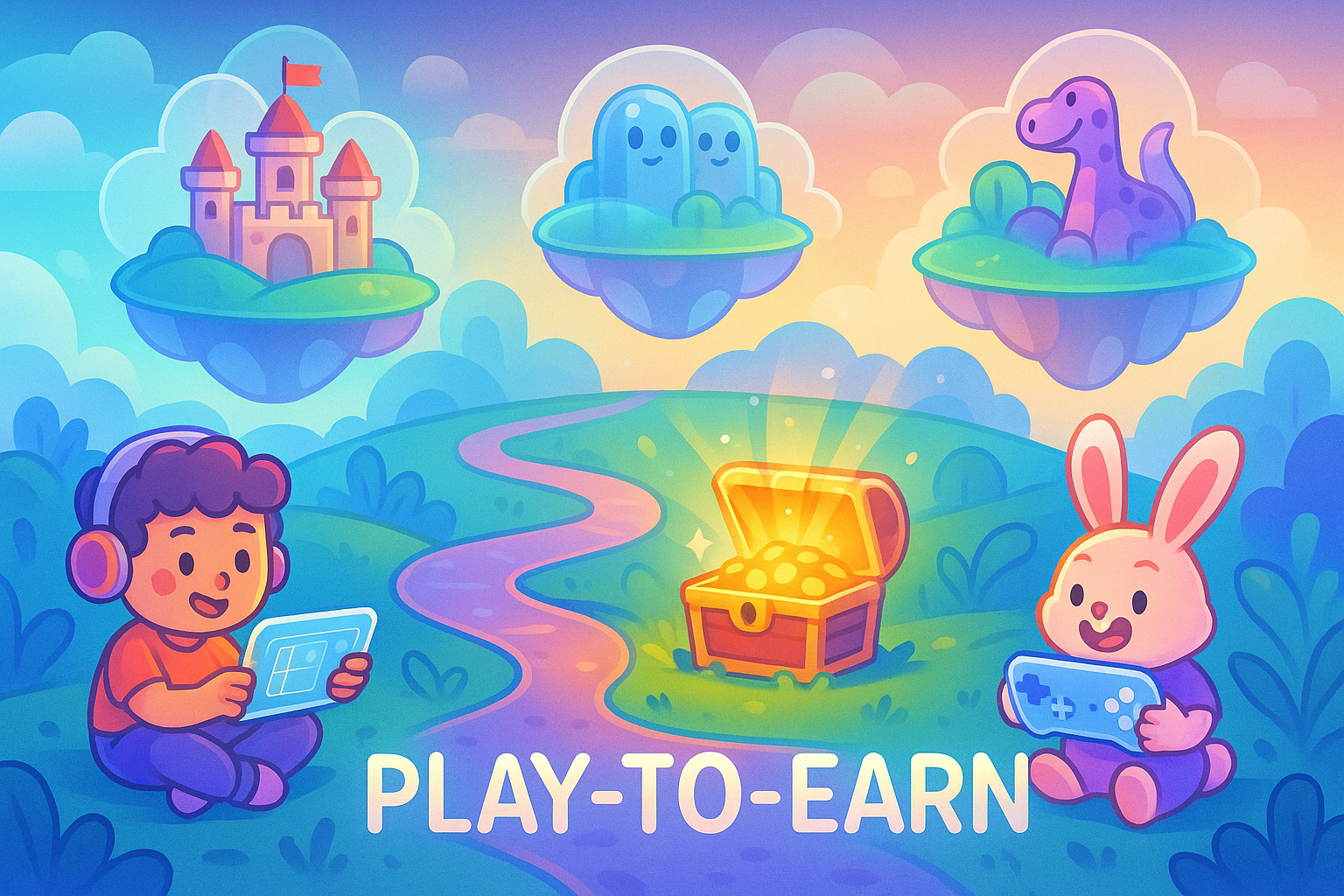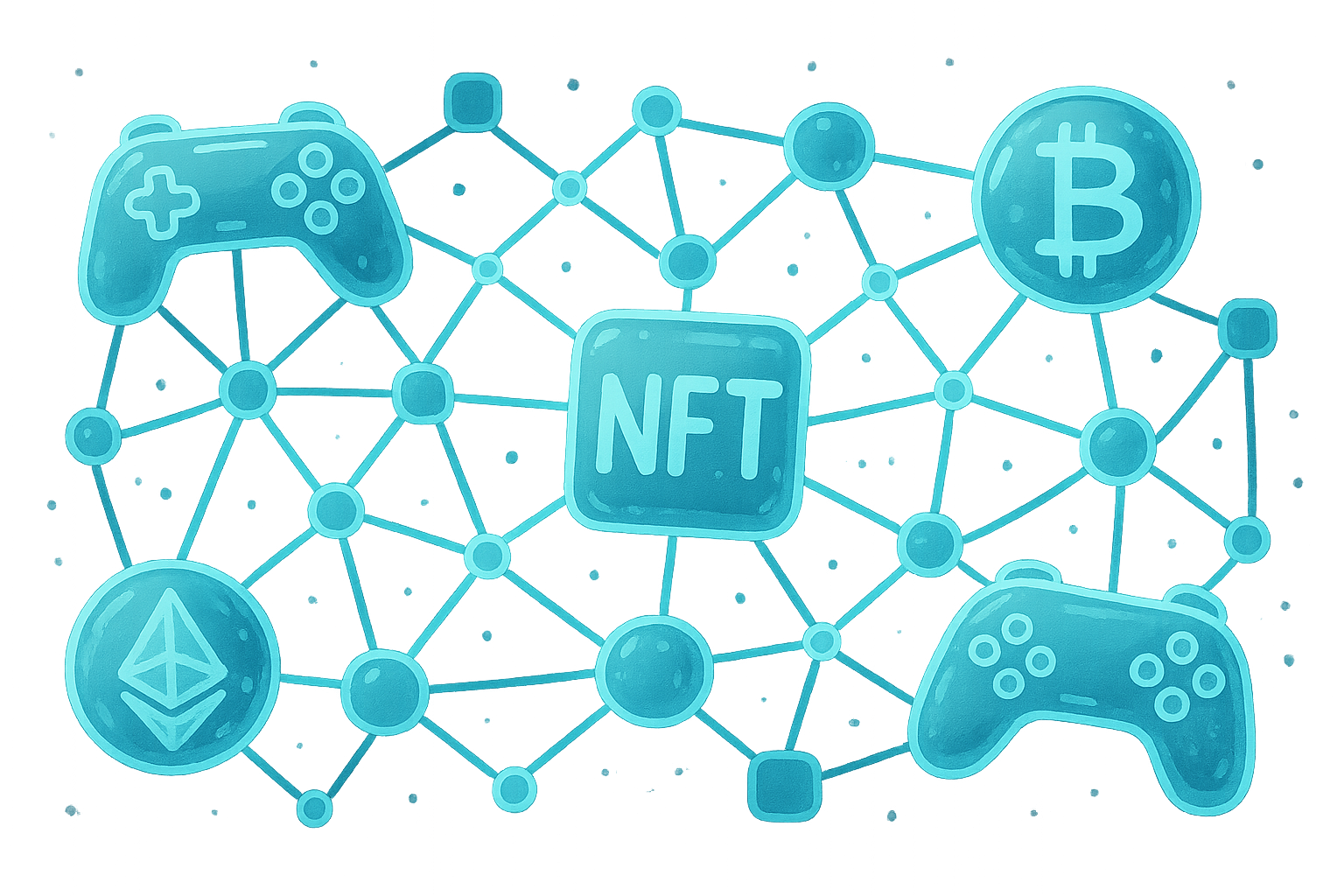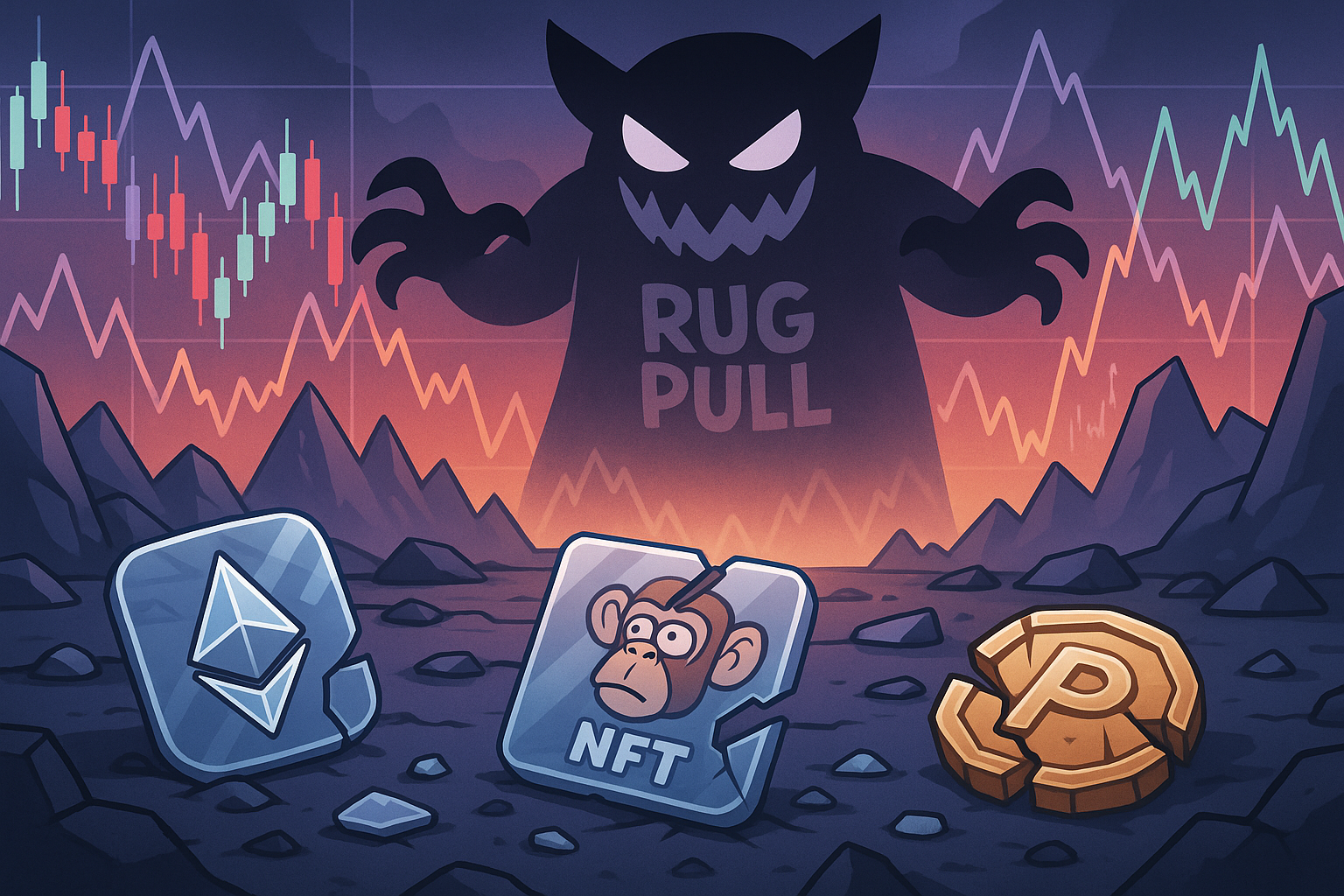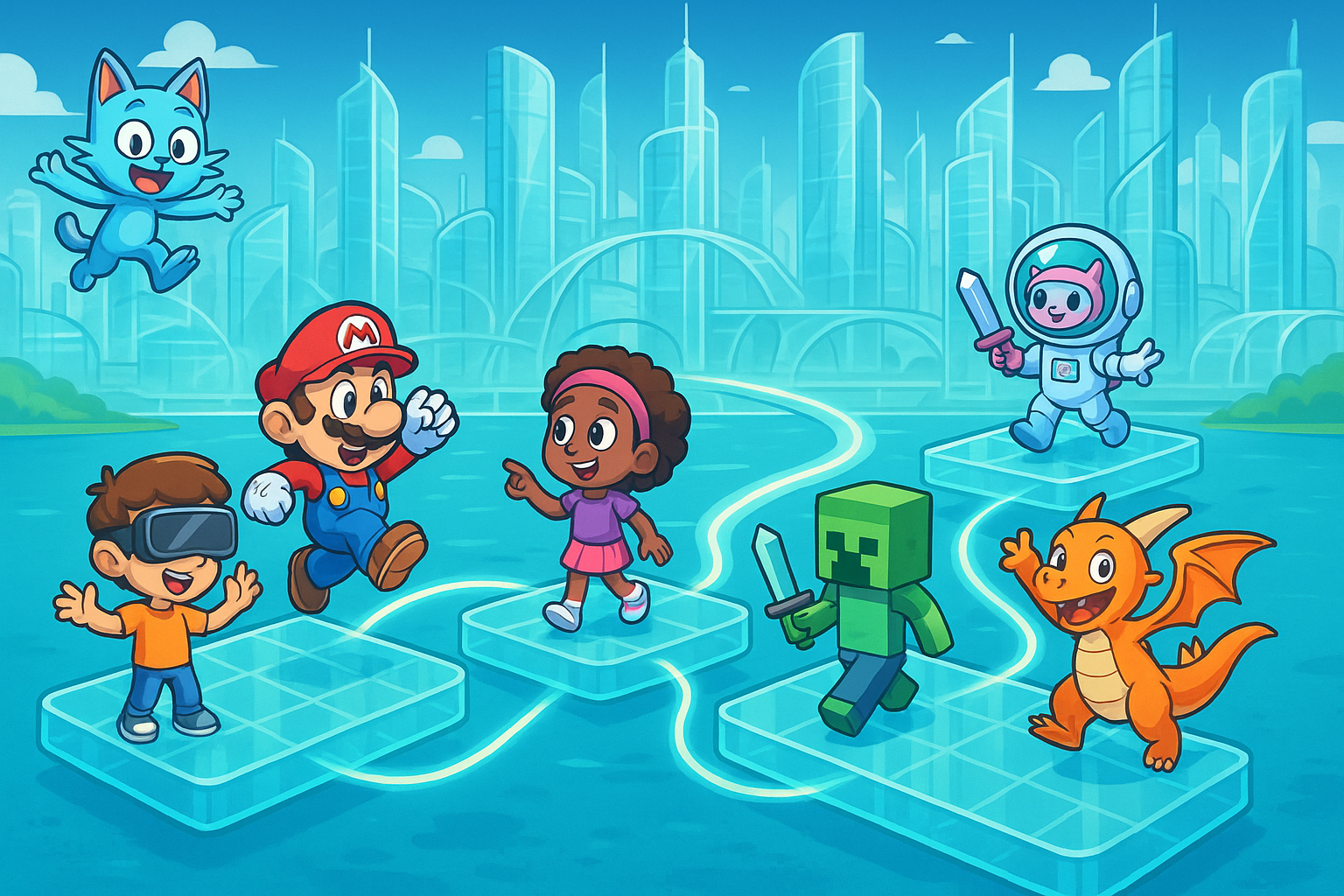Is Play-to-Earn Worth It? A Realistic Look for Newcomers
The allure of earning money while playing video games is incredibly strong. For many, it sounds like a dream come true – combining passion with profit. This is the promise of Play-to-Earn (P2E), a revolutionary concept in the gaming world that emerged with the advent of blockchain technology. But beyond the initial hype and success stories, what does P2E truly entail? Is it a genuine opportunity for newcomers, or a complex landscape fraught with pitfalls? Let's take a realistic, no-holds-barred look.

What Exactly is Play-to-Earn?
At its core, Play-to-Earn is a gaming model that leverages blockchain technology, cryptocurrencies, and Non-Fungible Tokens (NFTs) to allow players to earn real-world value from their in-game activities. Unlike traditional games where you buy a game and spend money on cosmetics or expansions, P2E flips the script, giving players ownership of their digital assets and the ability to monetize their time and effort.
This ownership typically comes in the form of NFTs – unique digital items like characters, skins, land plots, weapons, or other in-game assets that are recorded on a blockchain. Because they are NFTs, they are provably scarce, cannot be replicated, and belong entirely to the player, who can then sell, trade, or rent them on open marketplaces outside of the game itself.
The Initial Hype vs. Reality Check
The P2E phenomenon exploded into public consciousness around 2021, driven by stories of players in developing nations earning significant income from games like Axie Infinity, sometimes even surpassing local minimum wages. This sparked a gold rush, with countless new projects emerging, promising immense returns and attracting billions in investment.
However, the initial euphoria has given way to a more sober reality. Many early P2E games struggled with unsustainable economic models, hyper-inflation of in-game tokens, and a focus purely on "earning" rather than "playing." The market has matured, and while the potential for earning remains, it's no longer the wild west of easy riches. Newcomers today face a very different, and arguably more challenging, environment.
The Mechanics Behind the Magic: NFTs, Crypto, and Blockchain
Understanding P2E requires a grasp of its foundational technologies:
-
Digital Ownership Through NFTs
NFTs are the bedrock of P2E. When you earn or purchase an in-game item that is an NFT, it's yours. It lives on a blockchain, not on a game server controlled by a company. This means you can transfer it, sell it, or use it in other compatible games (though true interoperability is still largely a future vision). This concept of true digital ownership is a game-changer.
-
In-Game Economies and Cryptocurrencies
P2E games typically operate with their own internal cryptocurrency tokens. These tokens are used for various purposes: buying and selling in-game items, breeding new characters, paying transaction fees, or even participating in game governance (DAO tokens). Players earn these tokens by winning battles, completing quests, farming resources, or performing other in-game actions. These tokens can then often be converted into other major cryptocurrencies (like Ethereum or Bitcoin) or even fiat currency.
-
The Blockchain Backbone
All of this is powered by blockchain technology – a decentralized, immutable ledger that records every transaction and asset ownership. This ensures transparency, security, and prevents fraud, establishing trust in the digital scarcity of NFTs and the value of in-game tokens.

Diverse Worlds of P2E: A Glimpse at Game Types
P2E isn't a single genre; it encompasses a wide variety of game types:
- Collectible Card Games & Battlers: Games like Axie Infinity or Gods Unchained involve collecting unique digital creatures or cards as NFTs and battling them to earn tokens.
- Virtual Worlds & Metaverse: Projects like The Sandbox or Decentraland allow players to own virtual land, build experiences, and monetize their creations or land through rent and sales.
- Move-to-Earn & Lifestyle Apps: Games such as STEPN reward users for physical activity (walking, running) with crypto tokens, using NFT sneakers as entry points.
- Strategy & Simulation: Many games offer complex economic simulations where players manage resources, build empires, or grow digital farms, earning based on their strategic decisions.
The Potential Upsides: Why People Are Drawn In
Despite the challenges, P2E continues to attract players for several compelling reasons:
- True Digital Ownership: For the first time, players truly own their in-game assets, rather than just licensing them. This gives them agency and the ability to participate in an open market.
- Earning Potential (Yes, It's Possible!): While not a get-rich-quick scheme, dedicated players in well-designed P2E games can and do earn supplementary income, or even significant revenue, especially in regions with lower economic power.
- Community and Social Interaction: Many P2E games foster vibrant, engaged communities where players collaborate, trade, and even collectively govern aspects of the game through Decentralized Autonomous Organizations (DAOs).
- Innovation and Cutting-Edge Tech: P2E is at the forefront of Web3 gaming, pushing boundaries in digital economics, ownership, and decentralized governance.
The Harsh Realities and Major Risks for Newcomers
Before jumping in, it's crucial for newcomers to be aware of the significant risks:
- High Entry Barriers and Starting Costs: Many popular P2E games require an initial investment to purchase NFTs (e.g., characters, land, tools) before you can even start playing and earning. These costs can range from tens to thousands of dollars, making it inaccessible for some.
- Volatile In-Game Economies and Crypto Markets: The value of in-game tokens and NFTs is highly susceptible to market fluctuations. A token you earn today might be worth significantly less tomorrow, due to market sentiment, inflation, or broader crypto market downturns. Your initial investment can rapidly lose value.
- Time Commitment vs. Reward: Earning a meaningful income from P2E often requires a substantial time investment, sometimes hours a day, similar to a part-time job. The "grind" can feel less like play and more like work, especially if returns diminish.
- Game Quality and Fun Factor: Many early P2E games prioritized the "earn" mechanic over actual gameplay enjoyment. Clunky interfaces, repetitive tasks, and shallow game design are common complaints. This is slowly changing, but it's still a prevalent issue.
- Security Risks: Scams, Hacks, and Rug Pulls: The nascent Web3 space is unfortunately ripe with bad actors. Rug pulls (where developers abandon a project after raising funds), phishing scams, and smart contract vulnerabilities are real threats that can lead to total loss of your assets. Always be wary of projects that seem too good to be true.
- Regulatory Uncertainty: The regulatory landscape for cryptocurrencies and NFTs is still evolving globally. Changes in regulations could impact the legality, tax implications, or operational models of P2E games.
- The "Grind" vs. "Play" Dilemma: A core criticism is that many P2E games turn "play" into "work." The joy of gaming can be overshadowed by the constant calculation of returns, optimal earning strategies, and the pressure to maintain profitability.

Navigating the P2E Landscape: What to Consider Before Diving In
If you're still keen to explore P2E, here’s a realistic approach:
- Research, Research, Research: This cannot be stressed enough. Don't just follow hype. Investigate the development team, their track record, community sentiment, game mechanics, and whitepaper. Look for transparency and a clear roadmap.
- Understand the Game's Economy and Whitepaper: A sustainable P2E economy needs more than just new players. Does the game have mechanisms for burning tokens, fostering demand for NFTs, and providing actual utility? A well-thought-out whitepaper is key.
- Assess Your Starting Capital and Risk Tolerance: Only invest what you can afford to lose. Treat it like a high-risk investment, not guaranteed income. Be prepared for the possibility of losing your entire initial investment.
- Time Investment vs. Expected Returns: Be realistic about the time you can dedicate and the potential earnings. Calculate the rough break-even point and consider if the effort is truly worth the potential reward.
- Diversify (If You Choose to Invest): If you do decide to invest in P2E, don't put all your eggs in one basket. Explore different games and projects to mitigate risk, but still, prioritize deep research over widespread shallow investment.
- Prioritize Fun: The most sustainable P2E games will be those that are genuinely enjoyable to play, even without the earning aspect. If a game isn't fun, the "grind" will quickly become unbearable, regardless of potential returns.
The Evolving Future of Web3 Gaming
The P2E space is rapidly evolving. The industry is learning from past mistakes, shifting away from purely speculative earning models towards more sustainable and enjoyable gaming experiences. The focus is increasingly on:
- Beyond "Earn": Focus on "Play": Developers are now striving to create compelling games that players would enjoy even if there were no monetary rewards. The "Play-and-Earn" or "Play-to-Own" models are gaining traction.
- Interoperability and Open Metaverses: The long-term vision involves assets being usable across different games and virtual worlds, creating a true open metaverse where your digital identity and belongings have utility beyond a single ecosystem.
- Sustainability Models: New economic models are being explored to ensure longevity, such as introducing more utility for tokens, dynamic fees, and encouraging true player engagement rather than just speculative trading.

Conclusion: Is P2E Worth It? A Measured Perspective
For newcomers, P2E is a landscape of both immense potential and significant peril. It's not a get-rich-quick scheme, nor is it a guaranteed path to financial freedom. The days of easy, high returns from minimal effort are largely over.
However, for those willing to do their homework, understand the inherent risks, and approach it with a long-term, sustainable mindset, P2E can be a genuinely rewarding experience. It offers the exciting prospect of true digital ownership, community engagement, and being at the cutting edge of a rapidly evolving technological frontier.
If you prioritize genuine gameplay enjoyment, are prepared for volatility, and are meticulous in your research, then dipping your toes into the P2E waters might just be worth it. Just remember: play wisely, play safely, and most importantly, play for fun first.

